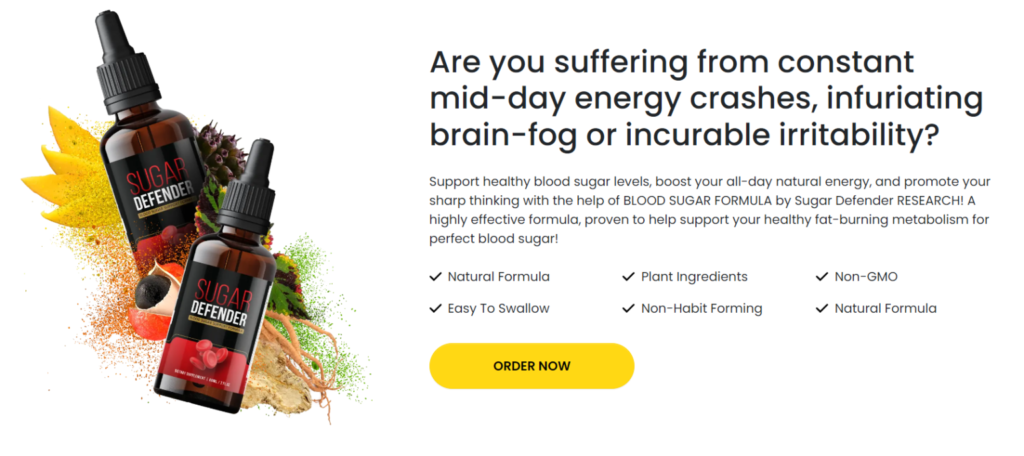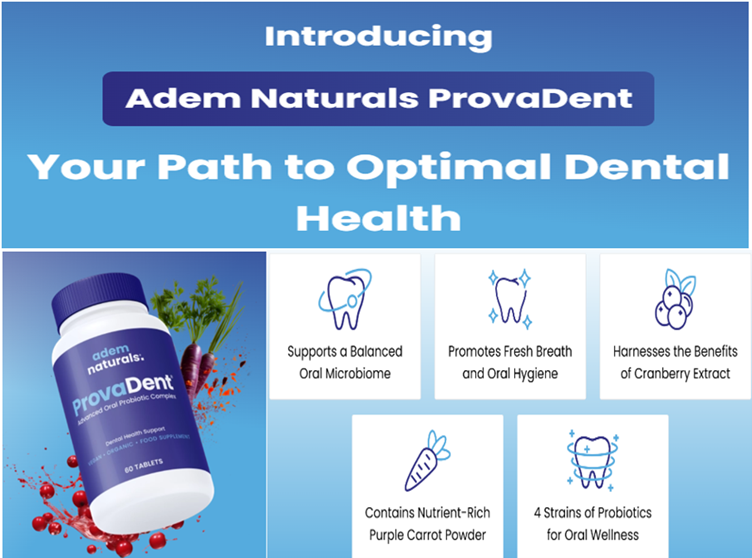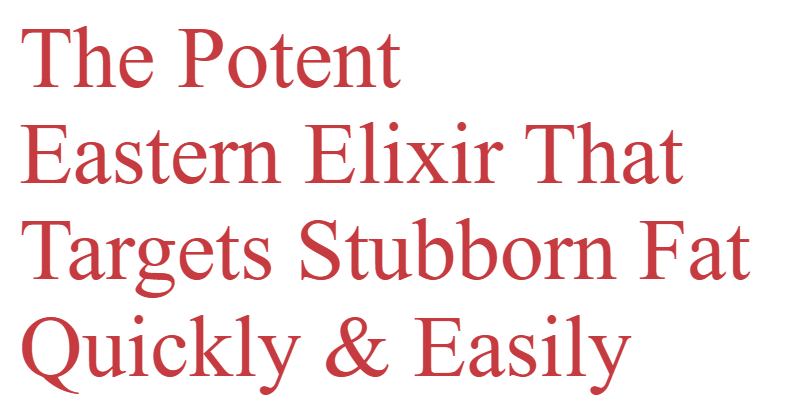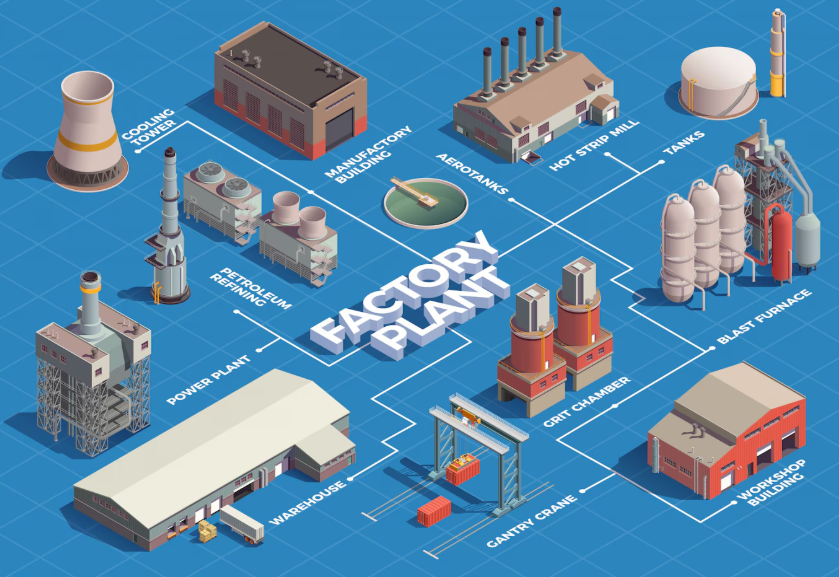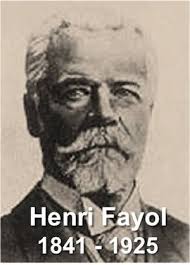INTRODUCTION
When we talk about workplace safety in industrial settings, conversations often center around PPEs, fire extinguishers, and emergency drills. While all of those are important, there’s something far more foundational that often gets overlooked—the plant layout and machinery arrangement. Yes, the way you design your plant and position your equipment can make or break your safety culture.
In today’s blog post, we’re diving deep into how a well-thought-out plant layout and strategic machinery placement not only streamlines operations but also dramatically reduces risks and enhances worker safety. Whether you’re designing a new facility or upgrading an old one, this guide is a must-read.
🔍 What Is a Good Plant Layout?
Before we dive into the safety benefits, let’s quickly define what we mean by a “good” plant layout.
A good plant layout refers to the systematic and logical arrangement of machinery, materials, services, and personnel within a manufacturing facility. It aims to optimize the use of space, minimize movement, reduce delays, and—most importantly—create a safer environment for all employees.
Think of it as the silent safety manager of your factory.
⚙️ Types of Plant Layouts
Depending on the nature of the production process, the plant layout can be of several types:
- Product Layout (Line Layout): Machines are arranged according to the sequence of operations.
- Process Layout (Functional Layout): Similar machines are grouped together.
- Fixed Position Layout: The product remains stationary while workers and machinery move around it.
- Cellular Layout: A hybrid layout for batch production with minimized movement.
- Combination Layout: Incorporates elements of more than one layout type.
Choosing the right layout is the first step toward a safer and more productive plant.
🦺 How Plant Layout Affects Safety
Let’s get to the heart of the matter—how does plant layout directly influence workplace safety?
Here’s how:
1. Reduced Risk of Accidents
A cluttered and congested workspace is a breeding ground for accidents—whether it’s slips, trips, falls, or machinery entanglements. A well-designed plant layout:
- Eliminates unnecessary bends and turns in walkways
- Keeps emergency exits and fire extinguishers unobstructed
- Reduces crossing paths between workers and machines
Think about it—fewer obstacles, fewer incidents.
2. Improved Fire Safety and Emergency Response
During emergencies like fire or chemical leaks, every second counts. A good plant layout:
- Clearly marks evacuation routes
- Positions fire safety equipment within easy reach
- Prevents fire from spreading through isolating flammable processes
It’s all about containing hazards and enabling quick response.
3. Better Ventilation and Lighting
Poor ventilation can lead to the accumulation of toxic fumes. Poor lighting? Increased eye strain and more slips and trips.
A proper layout takes into account:
- Natural air circulation and exhaust fans
- Installation of skylights or LED lighting
- Safe placement of HVAC units
Breathe easier, see clearer, work safer.
🛠️ Importance of Machinery Layout in Safety
It’s not just about where machines go, but how they are placed, maintained, and integrated into the workflow. Here’s why machinery layout matters:
✅ Prevents Operator Injuries
- Safe distance between machines ensures operators don’t accidentally bump into adjacent machinery.
- Clear demarcation lines prevent entry into hazardous zones.
- Ergonomically designed workstations reduce fatigue and repetitive strain injuries.
✅ Simplifies Maintenance and Inspection
When machines are easily accessible, routine maintenance and inspections are faster and safer.
- No need to climb over equipment or squeeze through tight spaces.
- Lockout/Tagout procedures become easier to implement.
- Maintenance staff can work confidently in safe zones.
✅ Controls Noise and Vibration Hazards
Heavy machines placed close together can amplify noise and vibration levels, increasing the risk of hearing damage and structural wear.
- Isolating high-vibration machines helps protect both people and infrastructure.
- Using noise barriers and absorbers becomes easier with thoughtful layouts.
🧠 Psychological Benefits for Workers
Yes, a smart layout also contributes to mental well-being:
- Workers feel less stressed in clean, open, and hazard-free environments.
- Clear visibility improves communication and situational awareness.
- Orderly setups give a sense of professionalism and discipline.
A confident worker is a safer worker.
📊 Cost vs. Safety – A Smart Investment
Some organizations avoid layout redesign due to costs. But let’s flip that mindset.
Here’s how an efficient plant layout saves money through safety:
| Safety Benefit | Cost-Saving Impact |
|---|---|
| Fewer accidents | Lower medical & legal expenses |
| Better workflow | Reduced idle time & increased output |
| Quick emergency access | Avoids large-scale damage |
| Efficient maintenance | Less downtime and spare part wastage |
Instead of seeing it as a capital expense, think of it as a preventive investment.
🔎 Case Example: A Real-World Safety Success
Let’s take an example from a polymer compounding plant in Gujarat.
Before Layout Redesign:
- Machines were randomly placed with little aisle space.
- Dust collection units had long ducts crossing walkways.
- Operators frequently suffered minor injuries from sharp turns and congestion.
After Redesign:
- Equipment was aligned along the production flow.
- Dust system ducts were repositioned overhead.
- Emergency exits were relocated and clearly marked.
Result: 45% reduction in reported safety incidents in just 6 months!
This isn’t theory—it’s proven strategy.
🧰 Tips for Creating a Safer Plant Layout
Ready to rethink your layout? Here are practical tips:
✔️ Involve Safety Experts from Day One
Bring in EHS professionals early to avoid costly rework.
✔️ Map Material Flow Visually
Use spaghetti diagrams to track unnecessary movement or congestion.
✔️ Integrate with Emergency Planning
Make sure escape routes, assembly points, and fire zones are factored in.
✔️ Allow for Future Expansion
Don’t box yourself in. Leave room for future machinery and walkways.
✔️ Ensure Clear Signage and Markings
From floor lines to caution zones, let safety speak visually.
🏭 Industries That Benefit Most from Smart Layouts
While every industry benefits, the following need it the most:
- Chemical & Pharma Plants
- Automotive Manufacturing
- Textile and Garment Units
- Food Processing Plants
- Plastic and Polymer Industries
In these sectors, layout isn’t just about flow—it’s life-saving design.
📌 Statutory Compliance and Layout Planning
Don’t forget: safety-driven layouts aren’t just best practices—they’re legal obligations.
Relevant Standards:
- The Factories Act, 1948 – Mandates proper layout for ventilation, fire exits, etc.
- Gujarat Factory Rules – Specific provisions for machine spacing and safety zones.
- ISO 45001:2018 – Occupational Health & Safety Management Systems.
Compliance ensures you stay safe and out of legal trouble.
💬 Final Thoughts: Safety by Design, Not by Accident
A good plant layout and intelligent machinery placement should never be an afterthought. It’s not just about making things look neat—it’s about saving lives, reducing costs, and building a culture of safety that your team can trust.
In the end, safety doesn’t come from signs and slogans—it comes from systems. And the plant layout is the mother of all safety systems.
📣 Have You Reviewed Your Layout Recently?
If your plant hasn’t had a layout review in the last 2-3 years, it’s time to take action. Consult with your safety team, bring in a professional layout consultant, and start the process toward a safer and more efficient workspace.
👉 Got questions or need help with plant safety audits? Drop a comment below or contact our team. Let’s build safer workplaces—one layout at a time.
🛑 Safety is not a department. It’s a culture. Let’s design it into everything we build.
🔁 Readers also enjoyed these blog posts:
- Safety Management’s Role: The Unsung Hero Behind Every Successful Organization
- Safety Management and Its Responsibilities: Protecting People, Preventing Hazards, and Promoting a Culture of Care
- Benchmarking for Safety Performance: A Key to Continuous Improvement
“Start Your Website Journey Today – Exclusive Hostinger Discounts!”

Turn Any Idea into Viral,
Jaw-Dropping AI Videos in Seconds!


